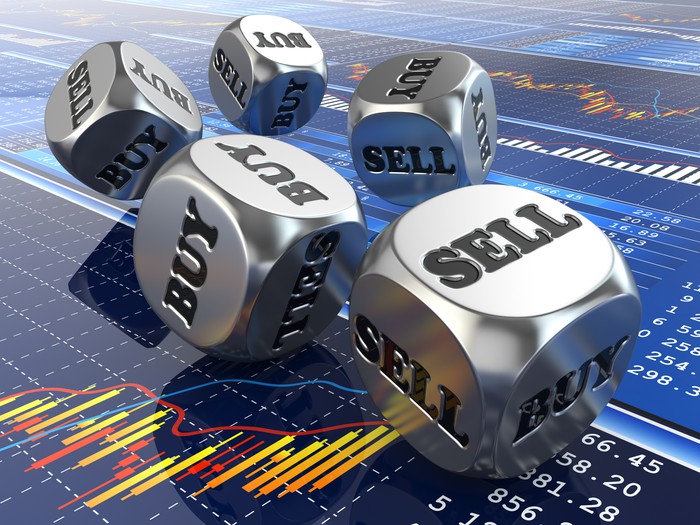A JPMorgan analyst recently lowered her outlook on the world's largest beer maker, A-B InBev (BUD +1.95%), citing difficulties in markets like the U.S. While growth very well may be facing a slowdown, investors can still be confident in owning the Budweiser maker.
Komal Dhillon downgraded her rating on shares of A-B InBev, giving the company an "underweight" rating, down from the previous "neutral" rating. The price target was set at $106.69. Shares have fallen since Dhillon's notes, but are still up 6% in 2017 as of this writing, closing on Dec. 19 at $111.78.
Data by YCharts.
Central to Dhillon's arguments are challenges in the beer industry here in the U.S. The beer maker's international growth has been impressive for years, but that momentum is beginning to slow. Dhillon thinks a rebound in Brazil is overstated and sales in other emerging markets will have an increasingly difficult time offsetting the stateside contraction.
The real reason to own Budweiser
Concerns over the U.S. beer market are legitimate. Craft brewing has been growing at breakneck speed, going from about 1,500 craft breweries a decade ago to well over 5,000 at year-end 2016. That is indicative of changing consumer preferences -- namely innovation and choice over anything else -- and has taken a toll on Budweiser. Craft names like Boston Beer's (SAM 2.14%) Sam Adams brand haven't been spared either.
A-B InBev struck back by scooping up a handful of regional craft brewers in recent years. Despite those moves, beer volumes in North America declined 3.9% in the first nine months of 2017, BUD reported. However, international growth continues, and the numbers actually show that A-B InBev's global business has rebounded this year.
|
Year-Over-Year Organic Growth/(Contraction) | |||
|---|---|---|---|
|
Region |
2015 |
2016 |
2017, First 9 Months |
|
North America |
(1.9%) |
(1.6%) |
(3.9%) |
|
Worldwide (including North America) |
(0.1%) |
(1.4%) |
0.1% |
Chart by author. Data source: A-B InBev.
Even though beer volumes have been lackluster, A-B InBev has been able to keep revenues rising through price increases. A-B InBev calls the process of raising its beer prices "premiumization," a strategy that has been working well. Through the first nine months of 2017, total revenue was up 4.1%, speaking to the company's strong pricing power as the world's dominant producer of beer.
The investment case
It's true that a slowdown may be ahead for Budweiser's business, but the company is proving it can successfully deal with such issues.

Image source: Budweiser.
The company has another tailwind, that being the merger with SABMiller a little over a year ago. The two companies are still integrating operations and cutting costs, a process that will take years to finalize, providing a potential boost to profits. The current one-year trailing price-to-earnings ratio sits at 41.6, but the one-year forward number drops to 21.8 on optimism the company can keep growing its bottom line.
As a bonus, A-B InBev also pays a handsome dividend, currently yielding 3.7%. Management's use of free cash is prioritized toward investing in brand growth and paying off debt, but the goal is to steadily increase the dividend over time. Because of the company's non-cyclical business (people drink beer in good times and bad), steadily growing that dividend shouldn't be a problem.
Though one analyst thinks the King of Beers has little left in the tank, I disagree. And if A-B InBev's growth does slow, there are still reasons to own the stock. It's all about the stability of the business, the company's ability to increase profits using its scale as the world's largest beer maker, and the dividend. There isn't anything in the numbers to indicate any of those investment arguments are at risk.




